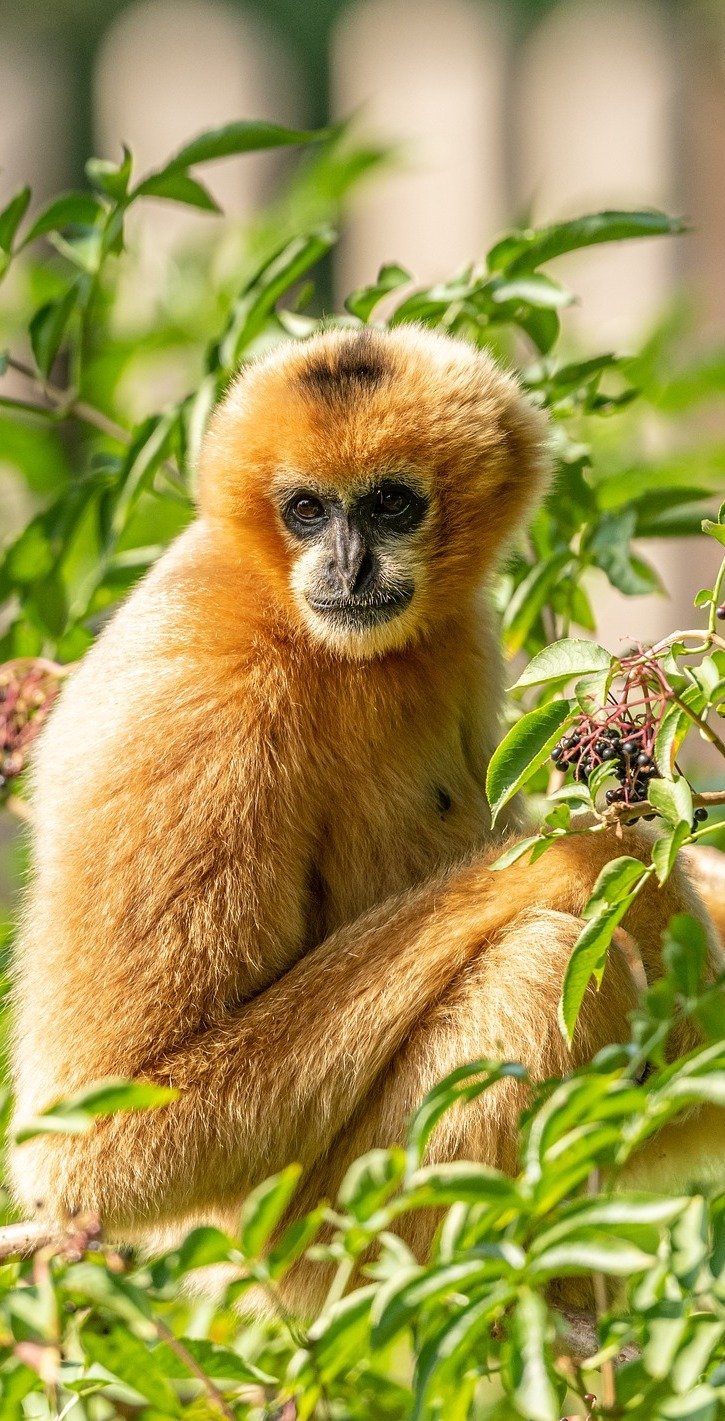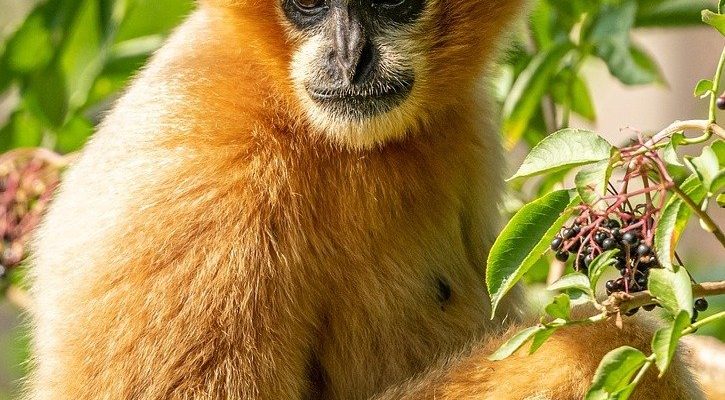
Picture a world without the enchanting calls of gibbons, where their joyful presence is replaced by silence. Unfortunately, that’s a possibility we’re facing. The truth is, gibbons, along with various other species, are struggling due to habitat loss, hunting, and the illegal pet trade. You might be wondering how this happened and what it means for our environment. Understanding these challenges can help us appreciate the urgency of conservation efforts that aim to protect these amazing creatures and their habitats.
What Are Gibbons and Why Are They Important?
Gibbons are a type of ape known for their long arms and strong, agile bodies. They belong to the family Hylobatidae and are often referred to as “lesser apes.” Unlike their larger relatives, like gorillas and chimpanzees, gibbons are smaller and more lightweight. They live primarily in the trees of tropical rainforests in Southeast Asia, including countries like Indonesia, Thailand, and Vietnam.
One key feature of gibbons is their social structure. They typically live in small family groups, made up of a mated pair and their offspring. This strong family bond plays a vital role in their survival. The way they communicate with each other—through a mix of vocalizations and gestures—is also fascinating. Their songs are not just beautiful; they serve as a way to establish territory and reinforce social bonds.
So, why are gibbons important? Well, they play a crucial role in maintaining the health of their forest habitat. As they move through the trees, gibbons help with seed dispersal, contributing to the growth of new plants and trees. This not only supports the ecosystem but also provides food and shelter for countless other species. In essence, gibbons are an integral part of the ecological web.
Current Status of Gibbons: Are They Endangered?
The short answer is, yes, many gibbon species are considered endangered. According to the International Union for Conservation of Nature (IUCN), more than half of the approximately 20 recognized gibbon species are threatened with extinction. Some, like the Hainan gibbon, are critically endangered, with only about 30 individuals left in the wild.
The reasons behind this dire status stem primarily from human activities. As forests are cleared for agriculture, logging, and development, gibbons lose their homes. The destruction of their habitats makes it increasingly difficult for them to find food and reproduce. Moreover, hunting and poaching for bushmeat and the illegal pet trade have drastically reduced their populations in many areas.
While it’s easy to feel helpless when faced with such statistics, understanding the threats to gibbons is the first step toward making a difference. Recognizing that their survival is intertwined with our actions can empower us to take a stand for conservation.
Major Threats to Gibbons
So, why are gibbons so vulnerable? Let’s break down the main threats they face:
- Habitat Loss: The primary reason for the decline in gibbon populations is habitat destruction. Forests are often cleared for agriculture, logging, and urban development, leaving gibbons with fewer trees to call home.
- Hunting and Poaching: In some regions, gibbons are hunted for their meat or captured for the illegal pet trade. This further reduces their numbers and disrupts their social structures.
- Climate Change: Changing weather patterns and rising temperatures can alter the ecosystems that gibbons rely on. This can lead to a decrease in food availability and suitable habitats.
- Human Encroachment: As people expand into gibbon territories, conflicts arise. Gibbons may be seen as pests in agricultural areas, leading to further persecution.
It’s a complicated web of challenges that gibbons are grappling with. Each issue is interconnected, and tackling them requires a multi-faceted approach.
Global Conservation Efforts
Fortunately, there’s hope on the horizon! Various organizations and governments are stepping up to protect gibbons and their habitats. Conservation efforts include:
- Protected Areas: Establishing national parks and wildlife reserves is crucial. These areas safeguard gibbon habitats from development and logging.
- Rehabilitation Programs: In some regions, gibbons that have been rescued from the illegal pet trade are rehabilitated and released back into the wild, helping to bolster wild populations.
- Community Engagement: Involving local communities in conservation efforts is key. By educating them about the importance of gibbons and offering alternative livelihoods, we can reduce reliance on destructive practices.
- Research and Monitoring: Ongoing research helps us understand gibbon behavior, population dynamics, and habitat needs, which is essential for effective conservation strategies.
It’s heartening to see these initiatives gaining traction. As more people become aware of the plight of gibbons, there’s a growing movement to protect them.
How You Can Help Gibbons
You might feel that you’re far removed from the forests of Southeast Asia, but there’s a lot you can do to support gibbon conservation. Here are some ideas:
- Raise Awareness: Share what you’ve learned about gibbons with friends and family. The more people know about these incredible animals, the more support they can gather for conservation efforts.
- Support Conservation Organizations: Consider donating to organizations that work on gibbon conservation. Your contribution can make a real difference in the field.
- Make Sustainable Choices: Choose products that are ethically sourced and support sustainable practices to help protect natural habitats.
- Adopt a Gibbon: Some organizations have programs that allow you to sponsor a gibbon or its habitat, providing necessary funds for their care and protection.
Every little bit counts! Even when it feels daunting, remember that collective action can lead to impactful changes.
The fate of gibbons hangs in the balance, but it’s not too late to turn the tide. By understanding the challenges they face and supporting conservation efforts, we can contribute to a brighter future for these remarkable primates. Each effort, no matter how small, can help protect the enchanting sounds of gibbons that resonate through tropical forests.
As we continue to advocate for gibbons and their habitats, we’re not just preserving a species; we’re also maintaining the rich biodiversity of our planet. Let’s work together to ensure that gibbons continue to swing through the trees for generations to come.

